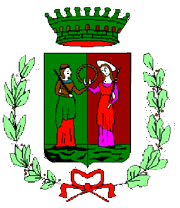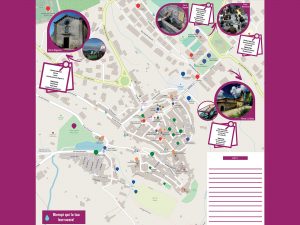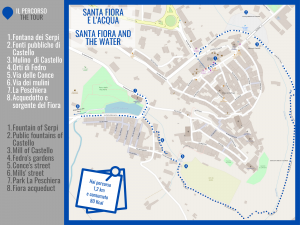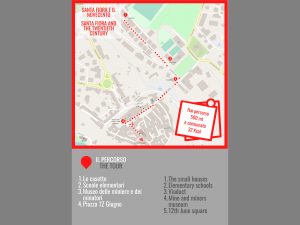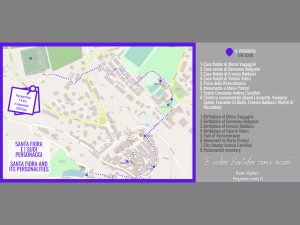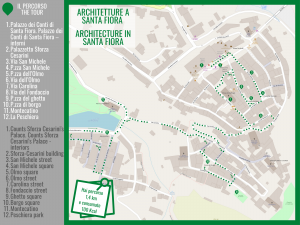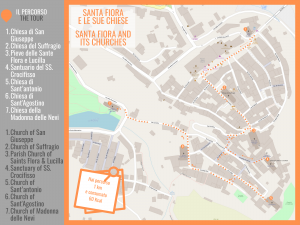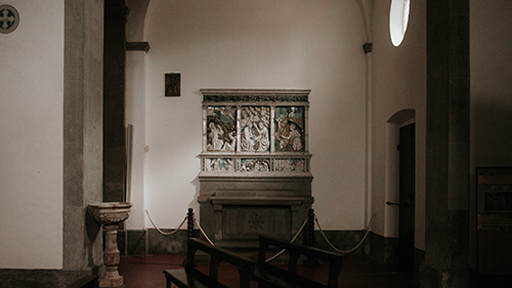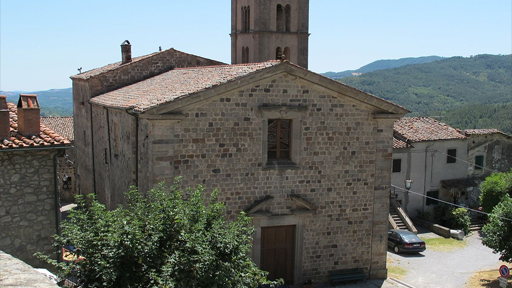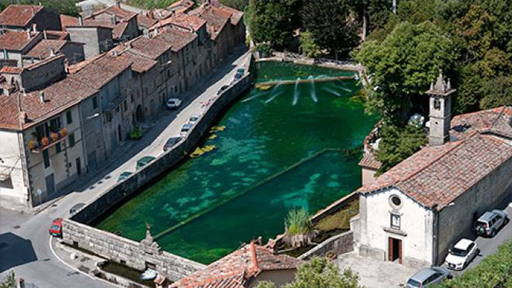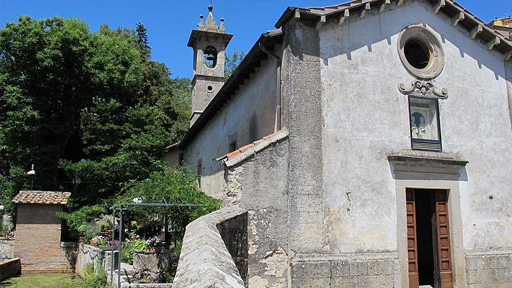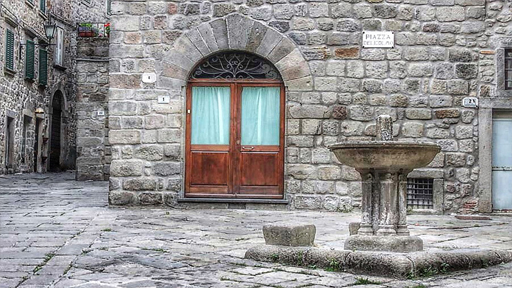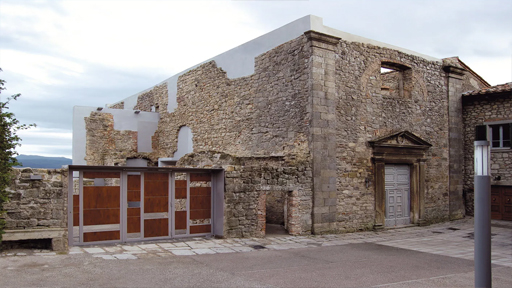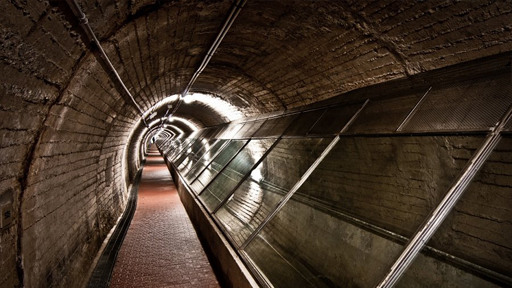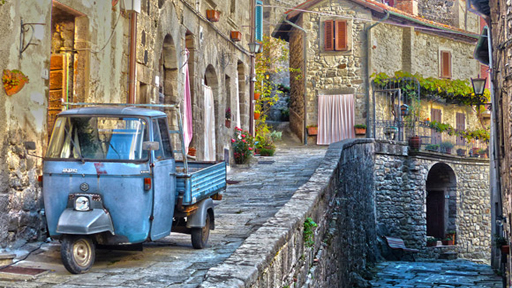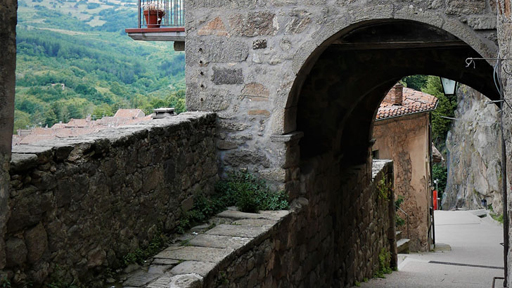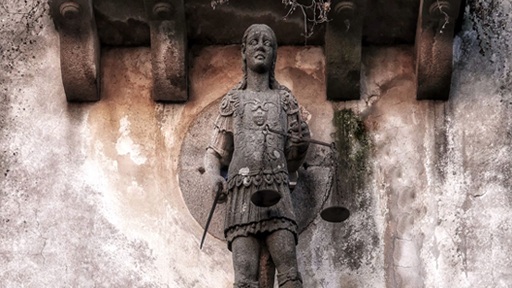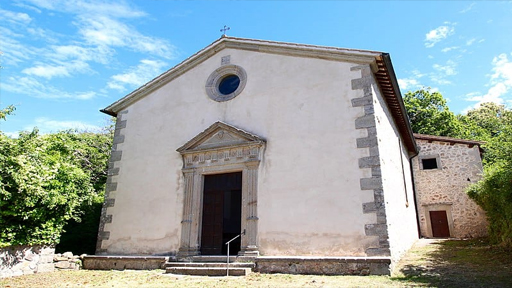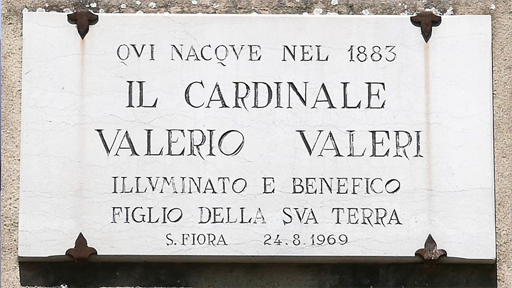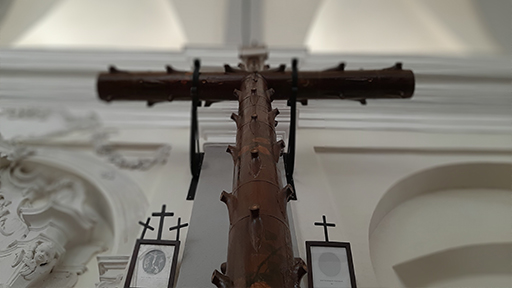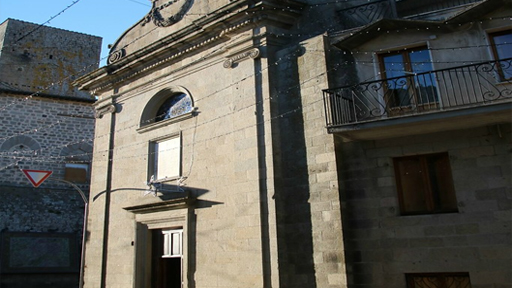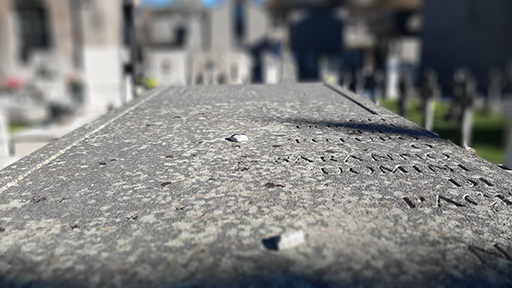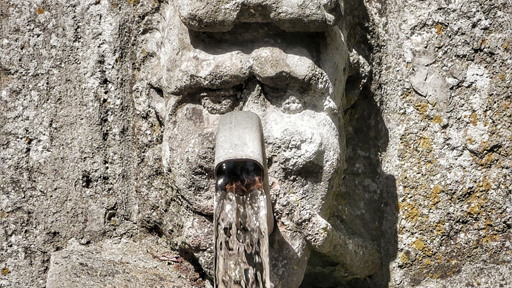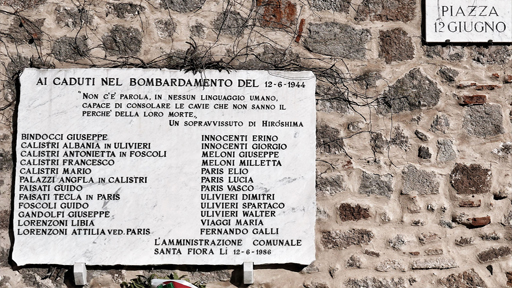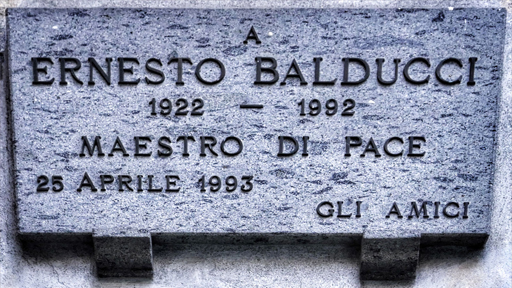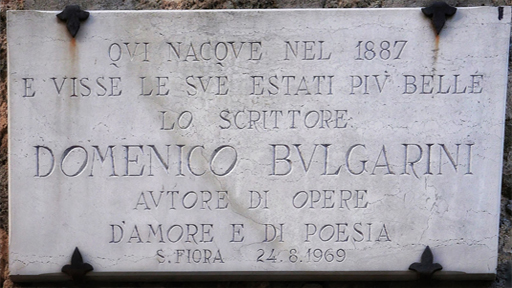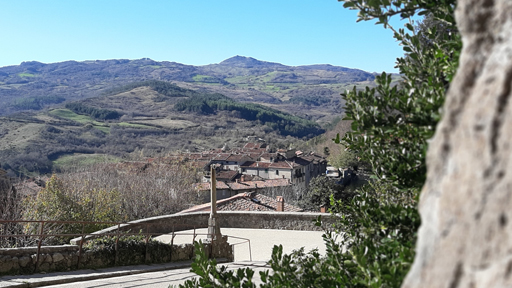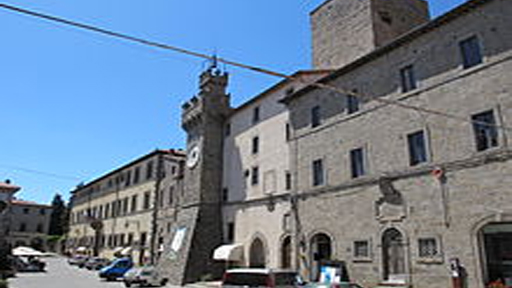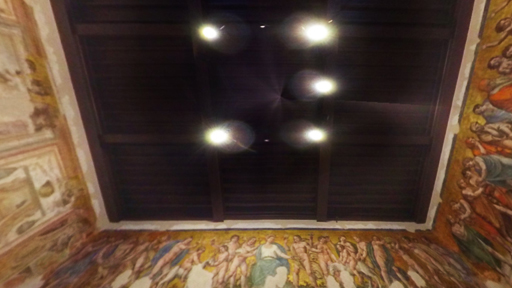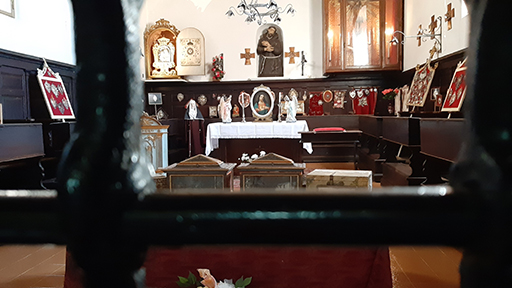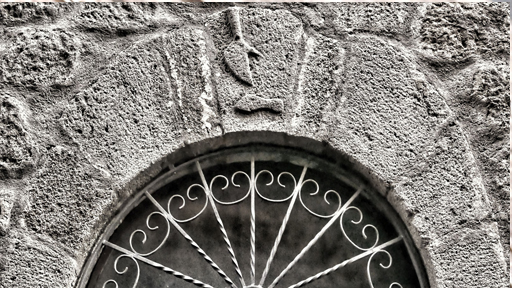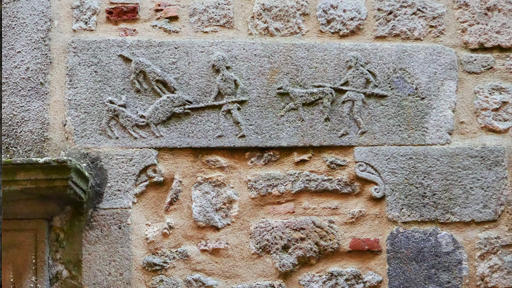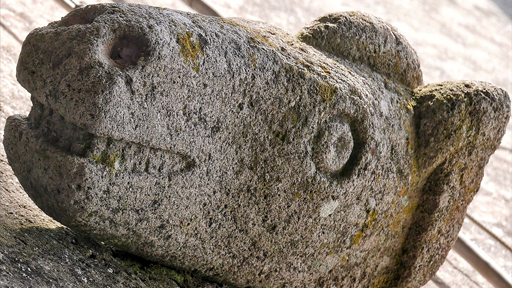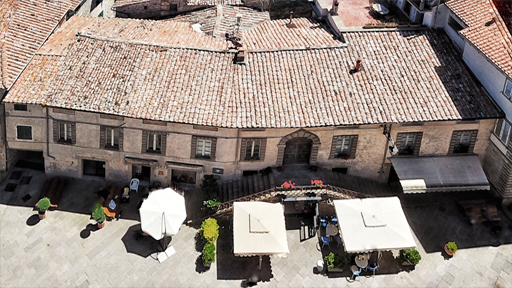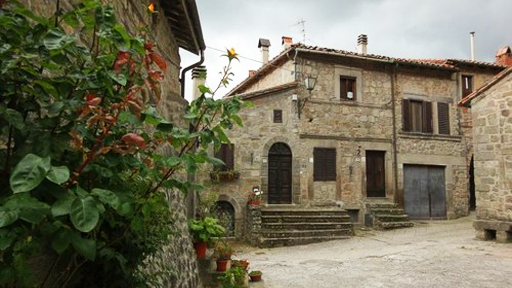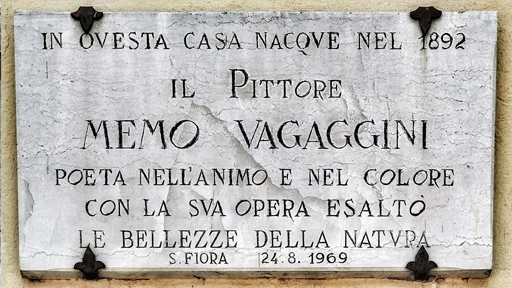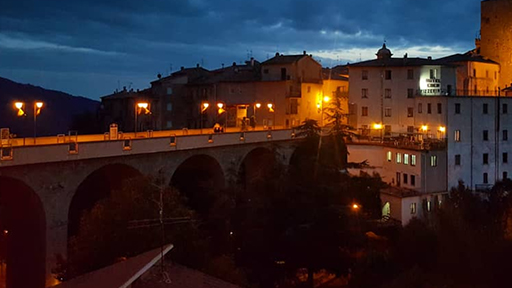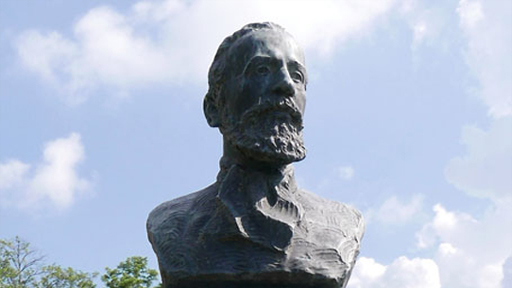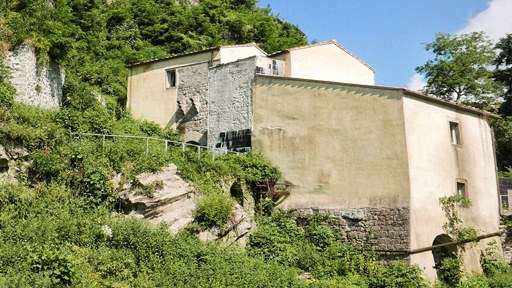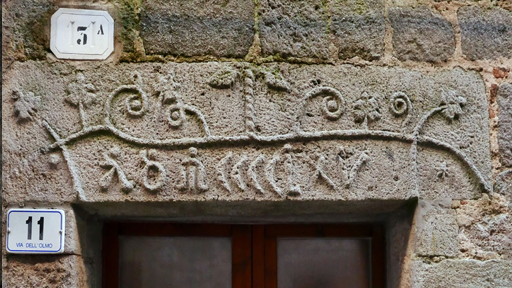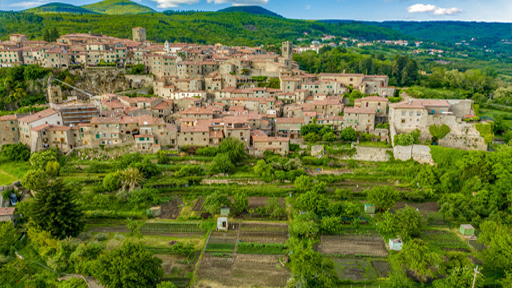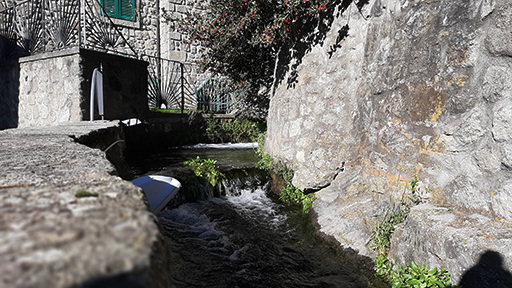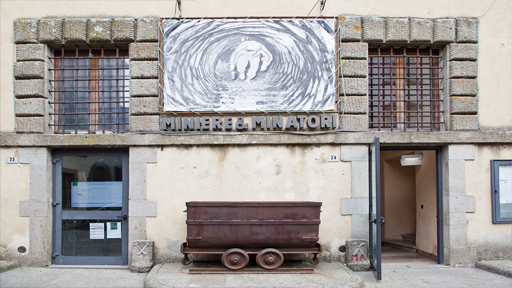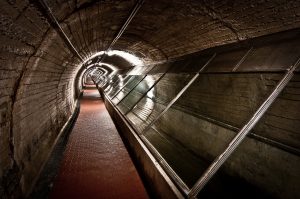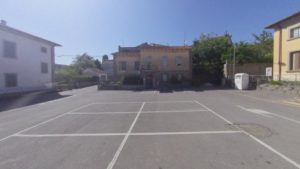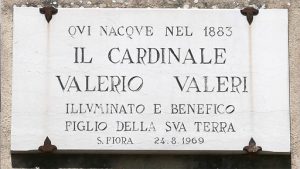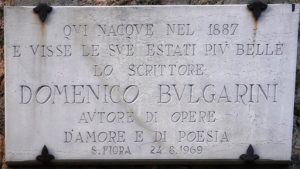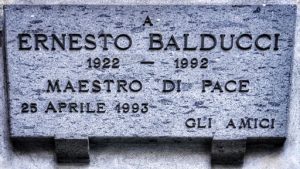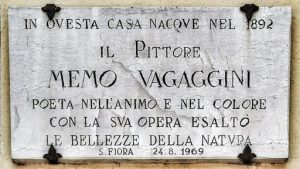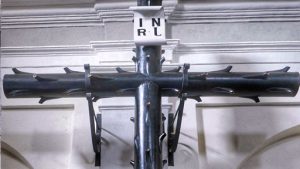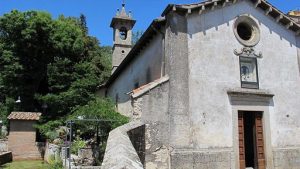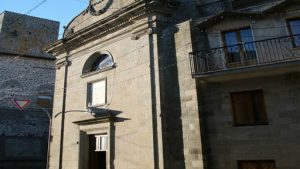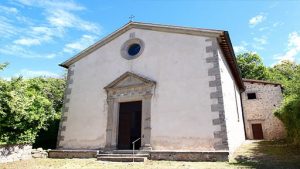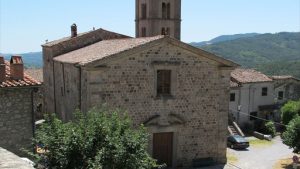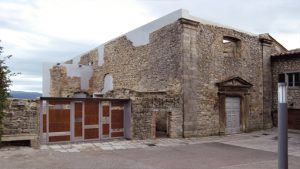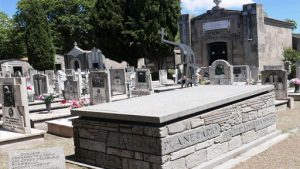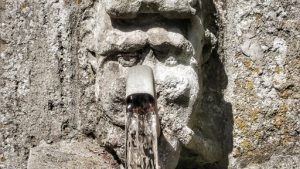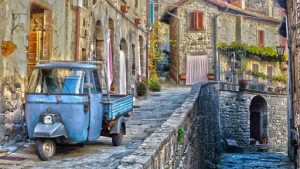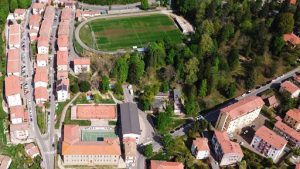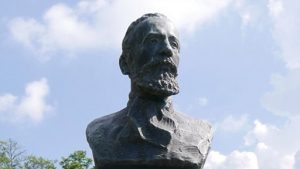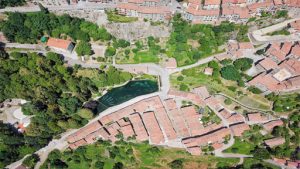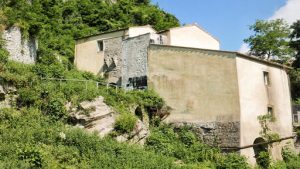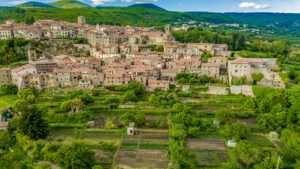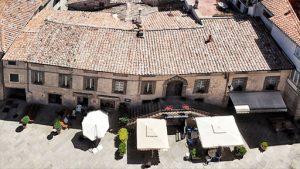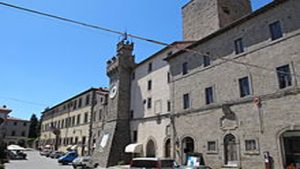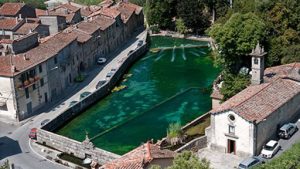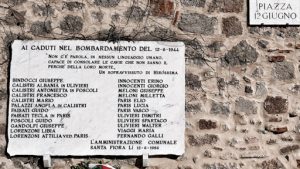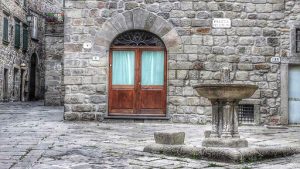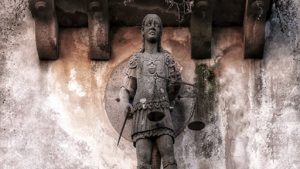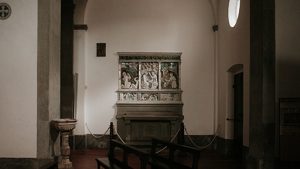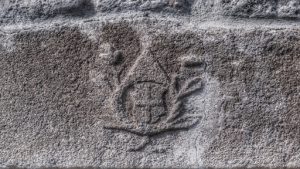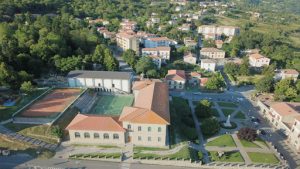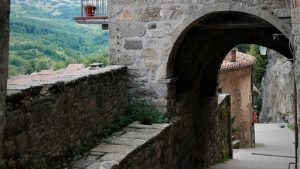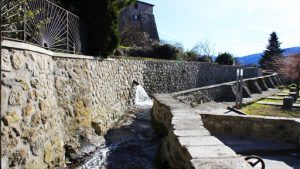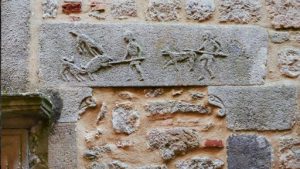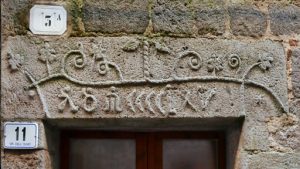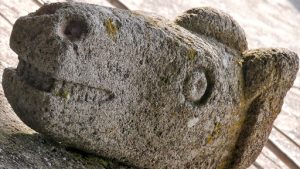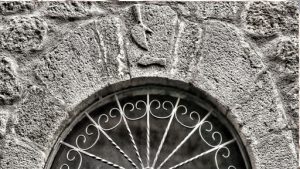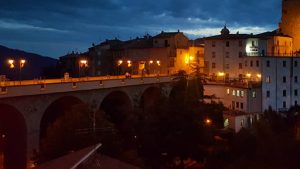He returned to his village, in one of the last and most hermetic slopes of Mount Amiata: a little snail of huts with red and black roof like witches, higher and lower, among the chestnut trees: huts that always smoke, because there may be no bread, but there always be wood in those low fireplaces. In one corner an old square tower […] that confuses, from a distance, its gray color with that of a nearby arid mountain, is what remains of the castle of certain counts, testimony of proud people in Dante’s COMEDY. On the foundations of their old castle today stands the beautiful palace of a duke, through whose courtyard you enter the village, on the quiet square, well paved with the clock striking the quarters, and surrounded by the other centuries-old mansions of the wealthy ones.
Mario Pratesi
Santa Fiora: capital of an ancient county
Santa Fiora appears to the visitor as a characteristic and picturesque Tuscan village on the slopes of Mount Amiata. In reality, in past centuries it was a much more important center than the many in the surrounding area, so much so that in the 13th century it could boast a larger population than Grosseto. The patient and attentive observer will certainly not miss the elements – the castle and the set of fortifications, the still well-preserved medieval urban structure, the presence of churches and convents – which make it an important historical and monumental center in southern Tuscany, the only one that can boast a garden with water. This relevance does not come as a surprise if you think that Santa Fiora was, from the 13th to the 17th century, the capital of a small border County, wedged between Tuscany and the Papal States, first dominion the Aldobrandeschi – an important feudal family that owned a larger territory than the current province of Grosseto – then of the Sforzas, a cadet branch of the lords of Milan. The marriage of the last heir Cecilia Aldobrandeschi to Bosio Sforza in 1439 saved the integrity of the county by inaugurating a policy of patrimonial and family alliances. Guido Sforza hosted Pope Pius II Piccolomini and, according to legend, killed a dragon that infested the countryside, making himself well liked by his subjects.
In the sixteenth century, the County of Santa Fiora, together with the neighboring Orsini from Pitigliano and the Duchy of Castro, represented an autonomous enclave between the Grand Duchy of Tuscany and the Papal States. During the seventeenth century Sforza began to lose much of their power. In 1673, with the marriage between Federigo Sforza and Livia Cesarini, finances picked up. Little by little, however, the interests of the feudal lords waned and, between the 1800s and 1900s, the property rights in mines, water and land were sold to mining entrepreneurs, public bodies and private owners. Thus their centuries-long economic and social dominion on the Santafiorese territory disappeared.
Invitation to visit the historic center: the three Terzieri
The historic center of Santa Fiora is divided into three boroughs, called Terzieri (third parts): Castello, Borgo and Montecatino. The visit starts from Castello (the oldest part of the town, where the remains of the Aldobrandeschi buildings and fortifications are located), characterized by a large square dominated by the fourteenth-century tower and Palazzo Sforza. Walking along Via Carolina you reach the Porticciola and pass through the Borgo, the 15th-century urban development of the Castle, whose fulcrum was probably the Augustinian Convent of San Michele. For a long time it was the most populated part of the town, where artisan shops and commercial activities related to agriculture were located. The Jewish Ghetto was located in a peripheral area of the Terziere, squeezed between the Convent of the Poor Clares and the Augustinian Convent.
From the Porta di San Michele, you reach the Terziere Montecatino. As the name suggests (“catino” indicating a water collection point), it is characterized by the Peschiera, which collects the waters of the Fiora springs. Taking advantage of the motive force of the waters, several pre-industrial plants and factories (mills, ironworks, artisan workshops) were built in the area. Then a real settlement formed here which, in addition to housing the workers of the plants, also housed people who used its position at the border of the town for commercial, mercantile and smuggling activities.
Urban Routes: Live and discover Santa Fiora with our thematic tours!
Santa Fiora city guide
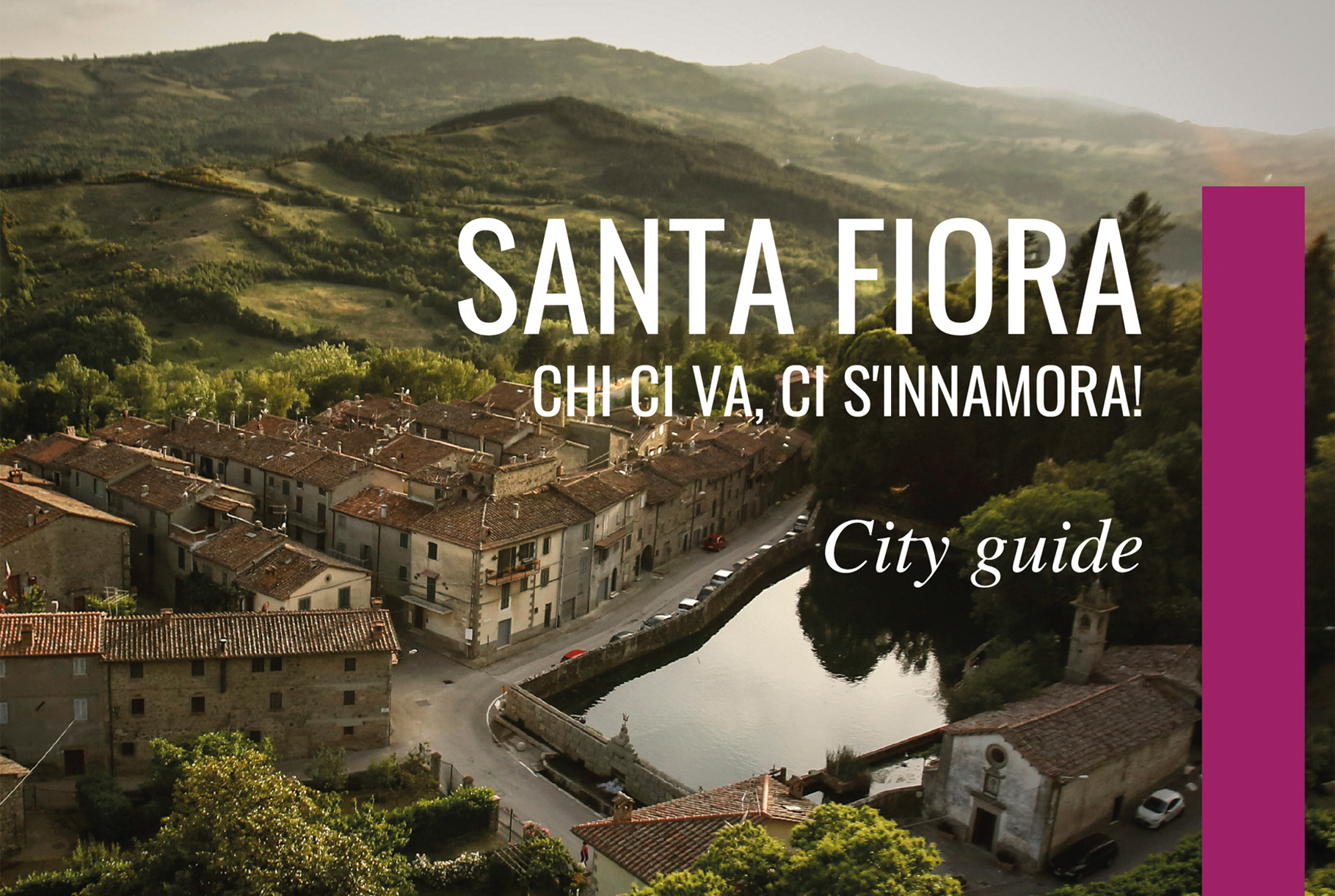
Santa Fiora City Map
Santa Fiora and the water
Santa Fiora and the 20th century
Personalities in Santa Fiora
Architecture in Santa Fiora
Santa Fiora and Its churches
Free copies of the city map and city guide available at the tourist office
Sightseeing
Build your sightseeing tour!
